For now it tracks down the floral scents that a moth would love, but engineers hope it could help find gas leaks.
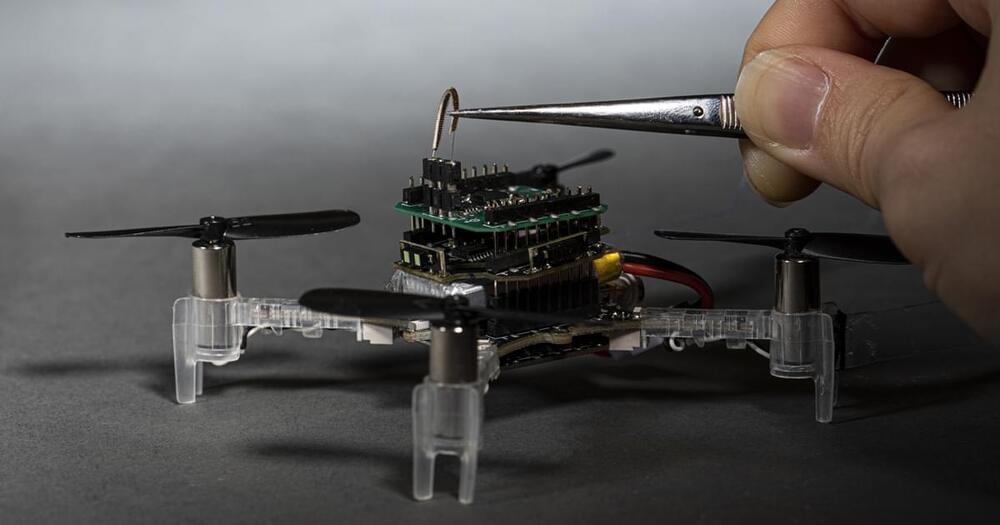

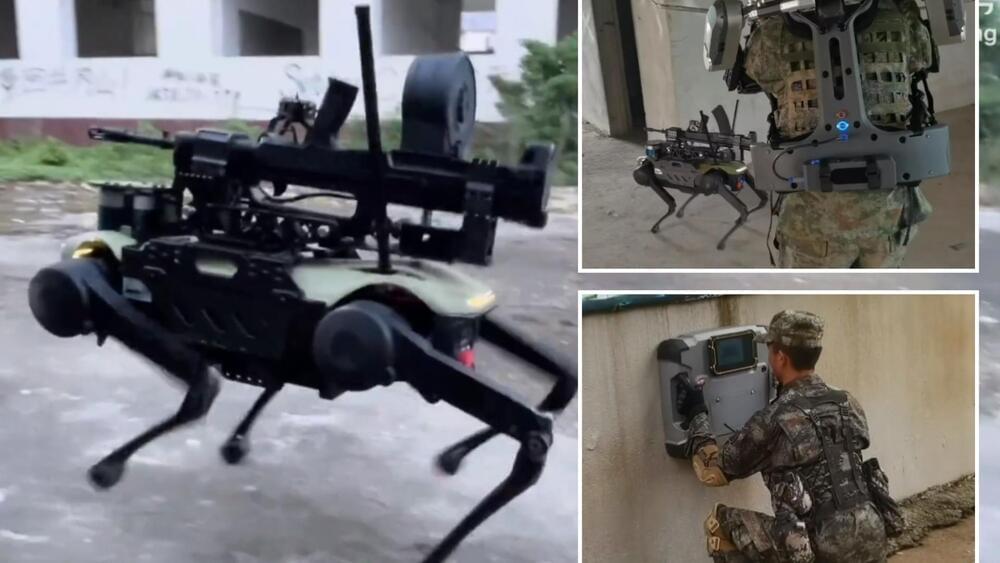
Robo-Dog Assault Droids 😲
CHILLING video shows the Chinese military unveiling more of their high-tech weapons as tensions continue to rage with the West.
Beijing flaunted its military tech in the new video which shows a machine-gun armed robot dog, a small ball scout drone and a soldier wearing an exoskeleton.
It is understood the technology is made by Chinese defence firm Kestrel and the clips from the exercises were shared on Beijing’s state-monitored social media site Weibo.
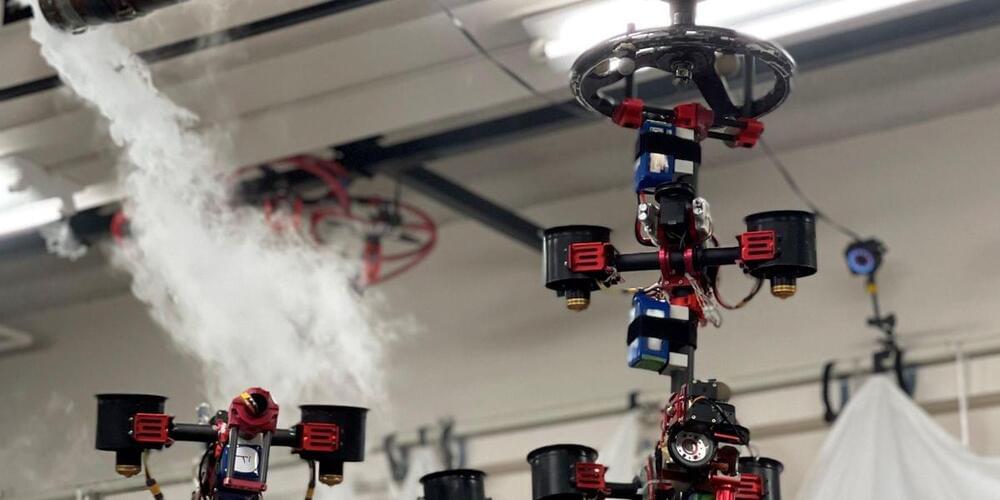
A couple years ago, we wrote about the Dual-rotor embedded multilink Robot with the Ability of multi-deGree-of-freedom aerial transformatiON—Dragon, of course. It’s one of the wildest drones we’ve ever seen, consisting of four pairs of gimbaled, ducted fans, with each pair linked together through a two-axis actuated joint, making it physically flexible in flight to a crazy degree.
Dragon is one of those robots with literally more degrees of freedom than it knows what to do with—in the sense that the hardware is all there. But the trick is getting it to use that hardware to do things that are actually useful in a reliable way. In 2018, Dragon was just learning how to transform itself to fit through small spaces, but now it’s able to adapt its entire structure to manipulate and grasp objects.
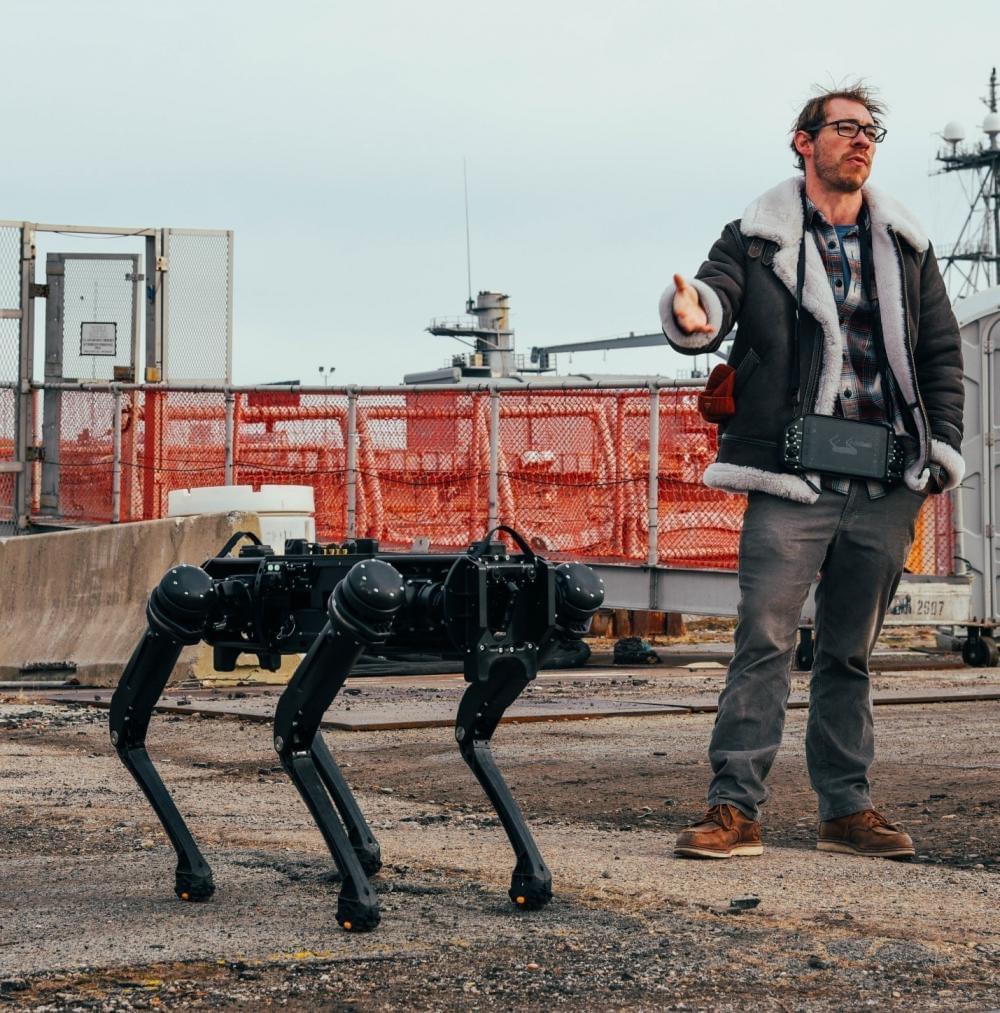
Sounds like a sci-fi movie right? But it’s not. Naval Surface Warfare Center, Philadelphia Division is testing laser-based sensors on robot dogs or drones as a way to perform battle damage assessment, repair, installation, and modernization – all remotely.
NSWCPD’s Advanced Data Acquisition Prototyping Technology Virtual Environments (ADAPT.VE) engineers and scientists are testing new applications for light detection and ranging (LiDAR) to build 3D ship models aboard the ‘mothballed’ fleet of decommissioned ships at the Philadelphia Navy Yard.
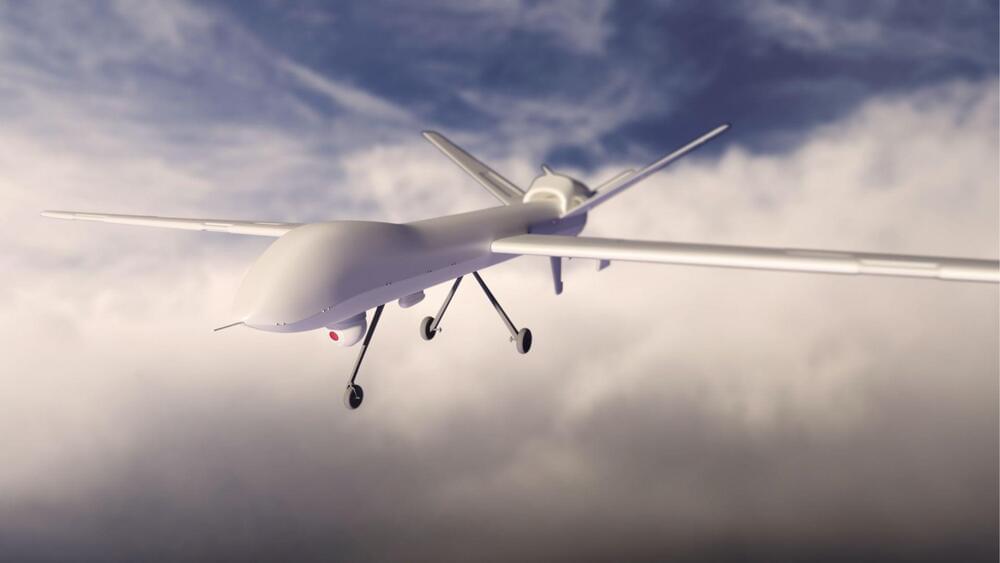
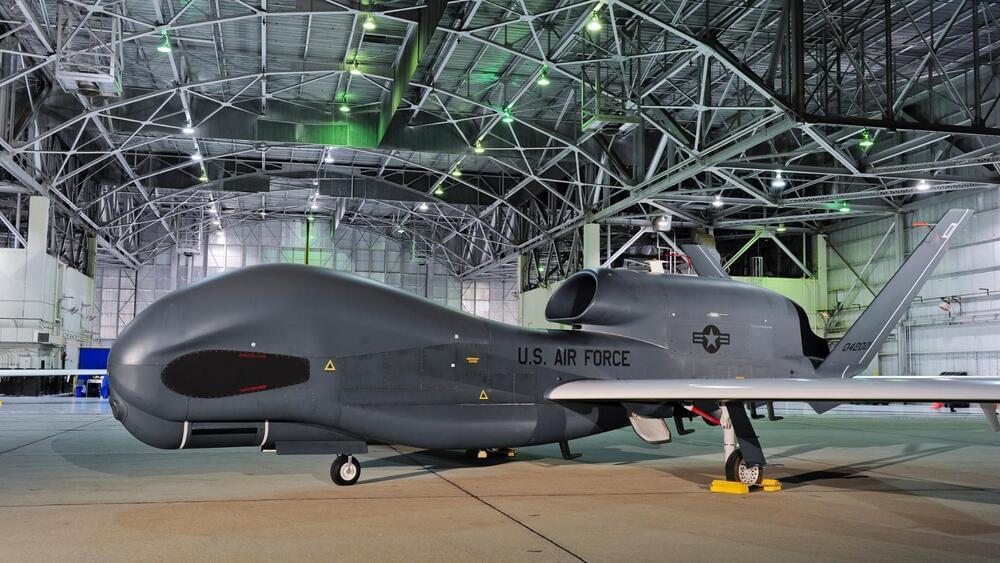

It will be reconfigured to meet testing needs.
The giant drone, RQ-4 RangeHawk, will soon be used to support the development of hypersonic missiles in the U.S., its manufacturer, Northrop Grumman, said in a press release.
Hypersonic missiles are the newest frontier in the weapons race, with countries like Russia and North Korea laying claims to have successfully demonstrated this technology. The U.S. hypersonic missile program has faced a few hiccups with repetitive test failures. Last month, the U.S. Air Force confirmed that its Air-launched Rapid Response Weapon (ARRW) had been successfully tested, almost after a year after similar claims from Russia.
GRAND FORKS, N.D. – Aug. 24, 2022 – Northrop Grumman Corporation’s (NYSE: NOC) RQ-4 RangeHawk is poised to support the SkyRange program’s U.S. hypersonic missile flight tests from its Grand Sky facility near Grand Forks, North Dakota. SkyRange is the Department of Defense Test Resource Management Center’s (TRMC) unmanned high-altitude, long-endurance, responsive mobile flight test system.
In support of the SkyRange initiative, Block 20 and 30 RQ-4B Global Hawk aircraft are being transferred to TRMC to be reconfigured into RangeHawks. The conversion will integrate advanced payloads to equip the aircraft with the capability to support the testing of hypersonic vehicles and other long-range weapons. RangeHawks provide over-the-horizon altitude, endurance and flexibility, which are critical for collecting telemetry and other data to monitor the vehicle during flight tests. Increasing the capacity of hypersonic vehicle testing furthers research and development necessary to remain competitive in the global landscape.
“Our RQ-4 RangeHawks will support the emerging class of hypersonic weapons and provide a combination of range, endurance and payload capacity,” said Jane Bishop, vice president and general manager, global surveillance, Northrop Grumman. “These aircraft will continue their role in vital national security missions while enabling us to bring premier aircraft design, modification, operations and sustainment work to the Grand Forks community.”
Vietnam is the world’s second-largest rice exporter, and XAG says its agricultural drones have become the “new favorite” of farmers that grow the crop.
Lê Thành Nguyên, at 62 years old, is one of the early adopters of agricultural drones in Vietnam. This year, he used drones on his seven-hectare rice farm for crop spraying, fertilization, and direct seeding by ordering the service from a local pilot team.

The CHIPS Act of 2022 was signed into law on Aug. 9. It provides tens of billions of dollars in public support for revitalization of domestic semiconductor manufacturing, workforce training, and “leap ahead” wireless technology. Because we outsource most of our device fabrication — including the chips that go into the Navy’s submarines and ships, the Army’s jeeps and tanks, military drones and satellites — our industrial base has become weak and shallow. The first order of business for the CHIPS Act is to address a serious deficit in our domestic production capacity.
Notoriously absent from the language of the bill is any mention of chip security. Consequently, the U.S. is about to make the same mistake with microelectronics that we made with digital networks and software applications: Unless and until the government demands in-device security, our competitors will have an easy time of manipulating how chips function and behave. Nowhere is this more dangerous than our national security infrastructure.
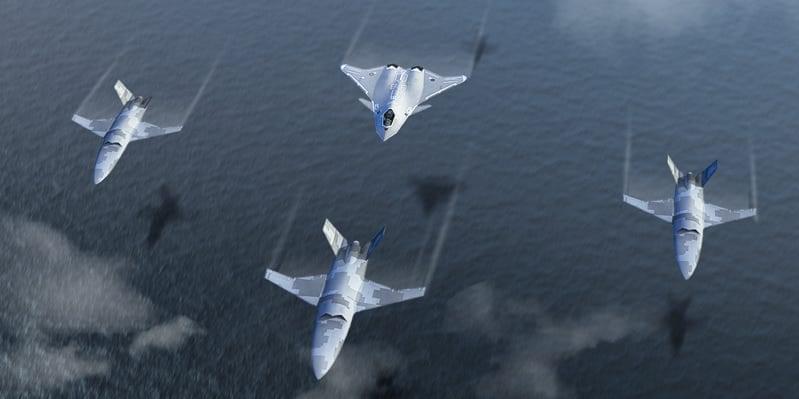
This is just one of many military advancements the nation has made against its arch-rival.
Back in July, South Korea undertook a 33-minute flight of its homegrown KF-21 fighter jet for the first time flaunting its military might and perhaps sending a message to North Korea.
South Korea is pursuing stealth drones that could take out North Korean air defenses as part of a “manned-unmanned teaming system.”